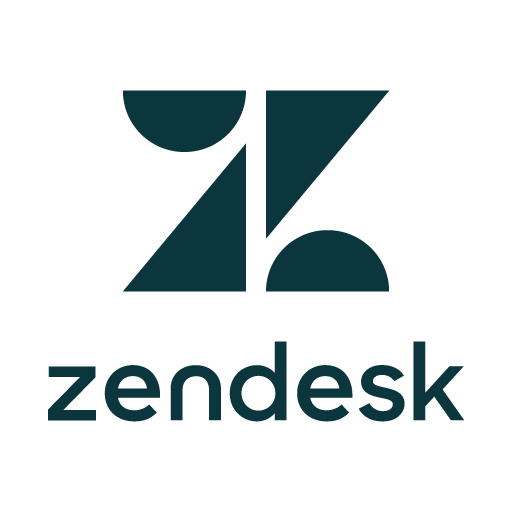We Make $1.8M/Year Renting Tiny Homes To Travelers
Hello! Who are you and what business did you start?
Hi! My name is Jeff and I am one of the three co-founders of Tiny Away (a Big Tiny hospitality management subsidiary, which is also co-founded by us). The Tiny Away network includes a range of comfy eco-friendly ‘tiny houses’ for travelers seeking alternative and unique accommodation experiences. Having already grown to over 75 private locations across New South Wales, Victoria, South Australia & Queensland, Tiny Away offers adventurous road-trippers and weekenders the chance to immerse themselves in Australia’s, without compromising on comfort.
A step up from glamping, each tiny house offers hot showers, air conditioning, a cozy queen bed, and a kitchenette. Boasting a range of stunning designs and state-of-the-art features both inside and outside, these impressively self-sufficient “compact homes on wheels” are in their element in some of Australia’s most spectacular rural settings.
On average, we are taking in about $156,000 monthly in terms of rental revenue, not including the other streams of income, as Tiny Away is a subsidiary of Big Tiny which owns the entire tiny house ecosystem from designing to manufacturing, shipping, assembly, deployment,...

Download the report and join our email newsletter packed with business ideas and money-making opportunities, backed by real-life case studies.

Download the report and join our email newsletter packed with business ideas and money-making opportunities, backed by real-life case studies.

Download the report and join our email newsletter packed with business ideas and money-making opportunities, backed by real-life case studies.

Download the report and join our email newsletter packed with business ideas and money-making opportunities, backed by real-life case studies.

Download the report and join our email newsletter packed with business ideas and money-making opportunities, backed by real-life case studies.

Download the report and join our email newsletter packed with business ideas and money-making opportunities, backed by real-life case studies.

Download the report and join our email newsletter packed with business ideas and money-making opportunities, backed by real-life case studies.

Download the report and join our email newsletter packed with business ideas and money-making opportunities, backed by real-life case studies.

















